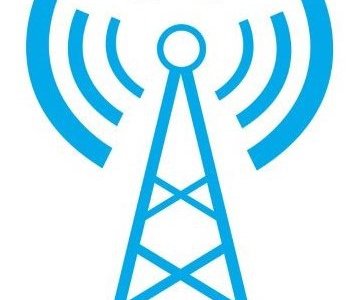

The traffic clearance issued prior to departure will normally authorize flight to the airport of intended landing. Traffic clearances provide standard separation only between IFR flights.Ī clearance, control information, or a response to a request for information originated by an ATC facility and relayed to the pilot through an air-to-ground communication station will be prefixed by “ATC clears,” “ATC advises,” or “ATC requests.”ĪTC clearances normally contain the following: When weather conditions permit, during the time an IFR flight is operating, it is the direct responsibility of the pilot to avoid other aircraft since VFR flights may be operating in the same area without the knowledge of ATC. P/CG Term - TRAFFIC ALERT AND COLLISION AVOIDANCE SYSTEM. The pilot is also expected to use the appropriate aircraft call sign to acknowledge all ATC clearances, frequency changes, or advisory information.Įach pilot who deviates from an ATC clearance in response to a Traffic Alert and Collision Avoidance System resolution advisory must notify ATC of that deviation as soon as possible. When the pilot requests a different course of action, however, the pilot is expected to cooperate so as to preclude disruption of traffic flow or creation of conflicting patterns. Similarly, if a pilot prefers to follow a different course of action, such as make a 360 degree turn for spacing to follow traffic when established in a landing or approach sequence, land on a different runway, takeoff from a different intersection, takeoff from the threshold instead of an intersection, or delay operation, THE PILOT IS EXPECTED TO INFORM ATC ACCORDINGLY.

IT IS NOT AUTHORIZATION FOR A PILOT TO DEVIATE FROM ANY RULE, REGULATION, OR MINIMUM ALTITUDE NOR TO CONDUCT UNSAFE OPERATION OF THE AIRCRAFT.ġ4 CFR Section 91.3(a) states: “The pilot-in-command of an aircraft is directly responsible for, and is the final authority as to, the operation of that aircraft.” If ATC issues a clearance that would cause a pilot to deviate from a rule or regulation, or in the pilot's opinion, would place the aircraft in jeopardy, IT IS THE PILOT'S RESPONSIBILITY TO REQUEST AN AMENDED CLEARANCE. An ATC clearance means an authorization by ATC, for the purpose of preventing collision between known aircraft, for an aircraft to proceed under specified conditions within controlled airspace. ATC Clearances and Aircraft SeparationĪ clearance issued by ATC is predicated on known traffic and known physical airport conditions.

FAA Form 7233−4 International Flight Plan UAS Pilot Testing, Certification and Responsibilities.Aeronautical Charts and Related Publications.Bird Hazards and Flight Over National Refuges, Parks, and Forests.Cold Temperature Barometric Altimeter Errors, Setting Procedures and Cold Temperature Airports (CTA).Barometric Altimeter Errors and Setting Procedures.Aircraft Rescue and Fire Fighting Communications.National Security and Interception Procedures.Pilot/Controller Roles and Responsibilities.Operational Policy/Procedures for the Gulf of Mexico 50 NM Lateral Separation Initiative.Operational Policy/Procedures for Reduced Vertical Separation Minimum (RVSM) in the Domestic U.S., Alaska, Offshore Airspace and the San Juan FIR.Radio Communications Phraseology and Techniques.Air Navigation and Obstruction Lighting.Aeronautical Lighting and Other Airport Visual Aids.Performance-Based Navigation (PBN) and Area Navigation (RNAV).
#ATC COMMUNICATIONS TAIL NUMBER CODE#


 0 kommentar(er)
0 kommentar(er)
